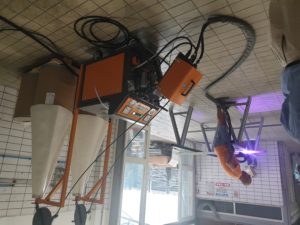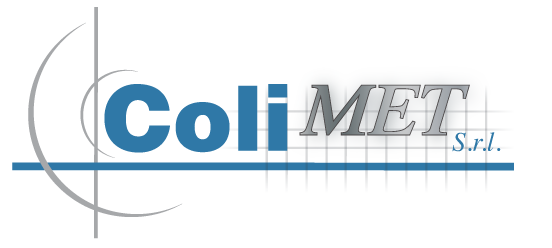The recent congress of the IABSE (International Association of Structural Engineers), held in late September at the University of Ghent in Belgium, highlighted the serious consequences that climate change will have on the corrosiveness of the environment in the coming decades. The concentration of carbon dioxide, the growth of the presence of chlorides, floods, Floods and extreme weather conditions will affect steel and reinforced concrete structures, damaging them heavily.
Hence the recommendation to predict, in sede di progettazione, the adoption of the most effective anti-corrosion system that ensures a duration of the products exceeding 100 years, with limited maintenance interventions in the interval.
Among the protective systems capable of ensuring such durations, the galvanizing to the electric arc ranks first, in addition to Zinc, it is also able to deposit Zn / Al alloys 85/15 o Al, until 300 µm.
The coating is made up of pure zinc, intimately linked to the support thanks to the high-density molecular adhesion e, then, it is more effective than hot dip galvanizing (where adhesion is metallurgical and only the 40% of the carryover is pure Zinc, the rest is made up of Fe / Zn alloys) and infinitely superior to the best paint job (where adhesion is mechanical and the coating is subject to rapid degradation due to the action of UV rays).
Also during the Eurostruct international conference 2021, held on 30 and 31 August at the University of Engineering of Padua, in collaborazione con la “European Association on Quality Control of Bridges and Structures”, thermal galvanizing was the protagonist of the anticorrosion of steel structures and the restoration of round iron damaged by CO2 and chlorides.
Spray galvanizing is, already today, able to guarantee the life cycles of the products exceeding 100 years (prescribed by the NTC standards 2018).
